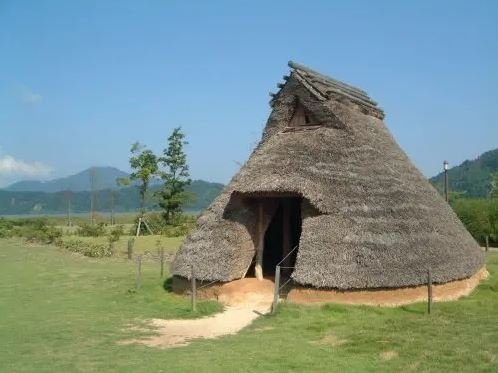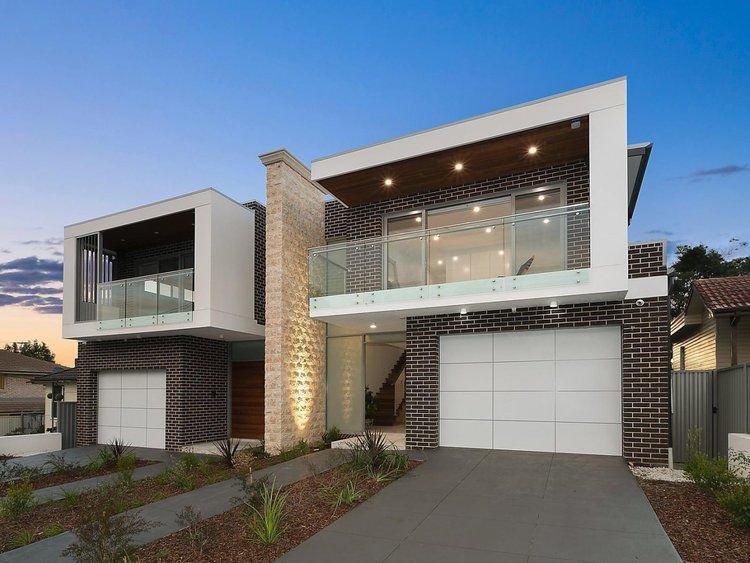After looking at the ancient antecedents of the minka in the previous two posts - the tateana pit dwelling and the takayuka raised floor dwelling - in this post we will examine the first step in the evolution of the minka proper- the combination of these two archetypes.
Note also that here we will be considering only the subcategory of minka known as nou-minka, the rural farmhouse, and not the better-known machiya, the urban townhouses so characteristic of cities like Kyoto.
To anyone with both romantic and ascetic inclinations, the purity of minka interiors is compelling. Without internal corridors and often without permanent internal partitions, even many ‘multiple room’ minka are still in a sense one-room dwellings, or at least ‘one space’ dwellings, united under a single ceilingless roof.
Interior view showing the roof structure of the Hakogi sennenya, the oldest extant minka in Japan, dated to the late Muromachi era (1336 - 1573)
The vast majority of minka consist of both a doma, the earthen-floored area which contains the dwelling entrance and is used for cooking and ‘utility’ work, and where footwear remains on; and the timber-framed raised floor takayuka, which is generally accessed by ‘going up’ via the doma after footwear is removed. Since the doma is universally present, it can be omitted in analyses of the interior layout, and any count of the number of rooms in the minka does not include the doma. So a ‘one-room’ minka contains two areas that are functionally differentiated, but in most cases not physically divided and so constituting a single space: the doma, which is not considered a ‘room’, and and the takayuka, which is.
As the humblest and simplest of minka, one-room layouts were found all over Japan, often for the use of religious or other ‘retirees.’ This single space happily accommodated all the activities of pre-modern daily life, and, as is the case with single-space dwellings of other cultures around the world, the apparent simplicity of the plan belies the unspoken but well-evolved and sometimes severe conventions that dictate the use of the space, conventions that display what you might call ‘folk rationality.’
In the example from Shiga Prefecture shown below, the doma (here called niwa) is used for cooking, indoor farm-work, and the storage of food and agricultural implements; the threshold area of the takayuka heya (literally ‘room’) adjacent to the niwa is used for taking meals and ‘handwork’; the narrow nure-en or ‘verandah’ along the facade is used for conversing with neighbours and as the entry point for guests, who were received in the area in front of the butsudan or Buddhist altar; the ‘back’ corner of the heya in front of the tokonoma or alcove was used for sleeping. In this informal division of the space by function, we can see the germ of later multi-room minka in which the single room has been partitioned off into three, but the functional relationships nevertheless remain intact.
A hito-ma or one room dwelling showing the functional division of the space.







































































